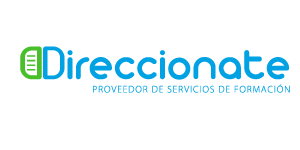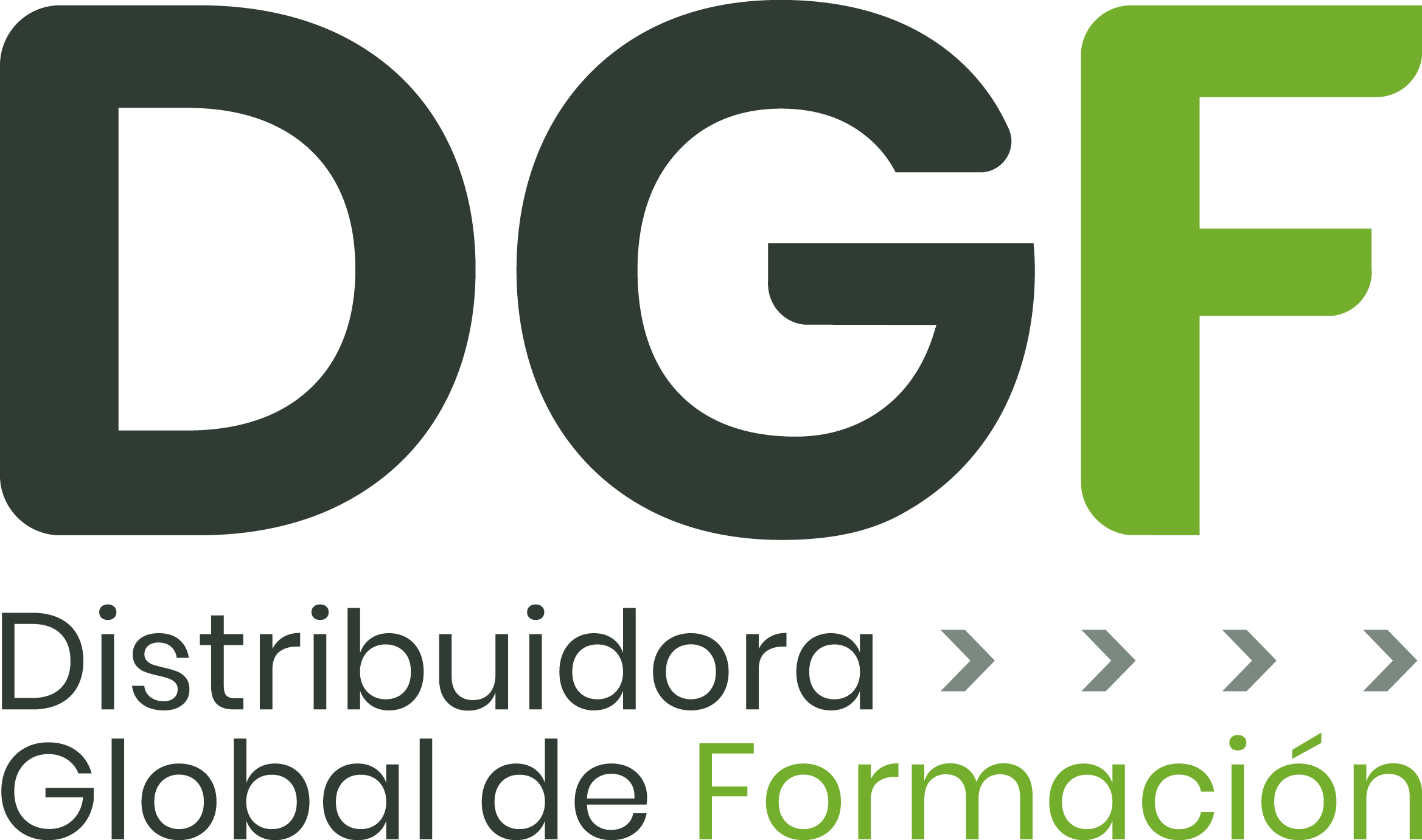
PRIMEROS AUXILIOS (FIRST AID)
Información adicional
| Horas | 57 |
|---|---|
| Código | |
| Formato | Digital |
| Proveedor | DIRECCIONATE |
25,65 €
*Los precios no incluyen el IVA.
Objetivos
Contenidos
Objetivos
General objectives:
- To know the concept of first aid and attend to its principles of action basic
- To master the human anatomy to apply correctly the first learned help.
- Acting against bites, bites, burns, wounds, bruises, etc.
- To know and apply the different types of bandages.
Specific objectives:
- To know and identify those parameters that can help in the valuation of an accident (breathing, pulse, blood pressure…).
- To describe what an assessment of the injured person means, and to differentiate between primary and secondary assessment.
- Possessing basic knowledge to be able to adequately attend to an accident, without making mistakes that may have subsequent consequences.
- To describe and carry out the correct way of acting if there are bites, haemorrhages and burns.
- To describe the symptoms and signs of wounds and / or bruises according to their types.
- To describe the symptoms and signs of a shock.
- To know the tourniquet technique and how it could be used.
- To describe what is a trauma, as well as explain which are the most common.
- To describe what an electrocution is, and what risk factors can be given.
- To describe what a heart attack-infarction is, and how you should act in this situation.
- To know what is Cardio-Pulmonary Resuscitation (CPR) and how to apply it according to the case (if it’s a child, an adult or a baby).
- To describe and differentiate a hypothermia and a freezing, as well as the best how to act and proceed in this type of situation.
- To define what a kit is and what are the elements that must be included to be able to attend a first aid situation.
Contenidos
Chapter 1. INTRODUCTION TO FIRST AID
- 1.Introduction
- 2.General concepts of fist aid
- 2.1 Definition of first aid
- 2.2 First aid features
- 2.3 Basic concepts in first aid
- 2.4 General principles of first aid
- 2.5 Resources
- 3.Legal framework in Spain
- 4.Signs and symptoms
- 4.1 breathing
- 4.2 pulse
- 4.3 pupillary reflex
- 4.4 skin colouring
- 4.5 blood pressure
- 4.6 body temperature
- 5.Assessment of the injured
- 5.1 primary assessment
- 5.2 secondary assessment
- 6.Anatomy of the human body
- 6.1 head
- 6.2 trunk
- 6.3 limbs
- 6.4 systems and organs
- 7.Key points
Chapter 2. INJURIES IN SOFT TISSUES, FRACTURES AND BURNS
- 1. Introduction
- 2.Trauma
- 2.1 Classification of trauma
- 2.2 Contusions
- 2.3 Sprains
- 2.4 Dislocations
- 2.5 Fractures
- 2.6 Polytrauma
- 3. Wounds
- 3.1 Classification of wounds
- 3.2 Gravity of the wound
- 3.3 Action procedures against minor, serious and special wounds
- 4. Haemorrhages
- 4.1 Classification of haemorrhages
- 4.2 Action procedures in haemorrhages
- 4.3 Tourniquet
- 5. Burns
- 5.1 Classification of burns
- 5.2 Extension and complications of burns
- 5.3 Action procedures in burns
- 6. Key points
Chapter 3. SPECIAL SITUATIONS
- 1 Introduction
- 2 Poisoning
- 2.1 Manifestations of poisoning
- 2.2 Classification of poisonings
- 2.3 Prevention of poisoning
- 2.4 Action against poisonings
- 3 Sting and bites
- 3.1 Classification of stings and bites
- 3.2 Action against stings and bites
- 4 Shock
- 4.1 Classification of shocks
- 4.2 Action against shocks
- 5 Electrocution
- 5.1 Gravity of the injuries
- 5.2 Injuries after an electrocution
- 5.3 Proceedings in an electrocution
- 6 Hypothermia and freezing
- 6.1 Hypothermia
- 6.2 Freezing
- 6.3 Proceedings in hypothermia and freezing
- 7 Drowning, suffocation and obstruction of the
airway
- 7.1 Signs and symptoms of lack of oxygen
- 7.2 Obstruction of the airway by a foreign body
- 7.3 Drowning
- 7.4 Proceedings in the presence of an obstruction of the airway
- 7.5 Proceedings in a drowning
- 8 Key points
Chapter 4. CARDIOPULMONARY RESUSCITATION
- 1. Introduction
- 2. Heart attack
- 2.1 Signs and symptoms of heart attack
- 2.2 Procedures in a heart attack
- 3. Cardiac arrest and CPR
- 3.1 Causes of cardiac arrest
- 3.2 Risk factors
- 3.3 Signs and symptoms of a cardiac arrest
- 3.4 Survival chain
- 3.5 Cardiopulmonary resuscitation
- 3.6 CPR in children and babies
- 3.7 Chain of survival in a cardiac arrest in children and babies
- 3.8 Procedures in a respiratory arrest in children and babies
- 3.9 CPR in pregnant women
- 3.10 CPR in special situations
- 3.11 What not to do in CPR
- 3.12 When not to start CPR
- 3.13 Prevention of cardiac arrest
- 4. Key points
Chapter 5. DAILY AND SPECIAL SITUATIONS IN FIRST AID
- 1. Introduction
- 2. Fainting and faint
- 2.1 Causes of fainting
- 2.2 Action procedures in a fainting
- 3.Coma
- 3.1 Action procedures in a coma
- 4. Ictus
- 4.1 Action procedures in an ictus
- 5. Convulsions
- 5.1 Action procedures in convulsions
- 6. Bandages
- 6.1 What are bandages?
- 6.2 Bandage techniques
- 6.3 Ways to apply a bandage
- 7. Mobilization and waiting positions
- 7.1 Basic principles of mobilization
- 7.2 Waiting positions
- 7.3 Safety side position
- 7.4 Stabilization of the spine
- 7.5 Mobilization of the injured person
- 7.6 Indications to mobilize an injured person
- 7.7 Mobilization methods of an injured person
- 8. First aid kid
- 8.1 Items that a first aid kit must contain
- 9. Personal hygiene measures and
prevention of disease transmission
- 9.1 How to remove gloves
- 9.2 How to wash your hands correctly
- 9.3 Fast disinfection
- 9.4 Cleaning of the cures material
- 10. Key points
